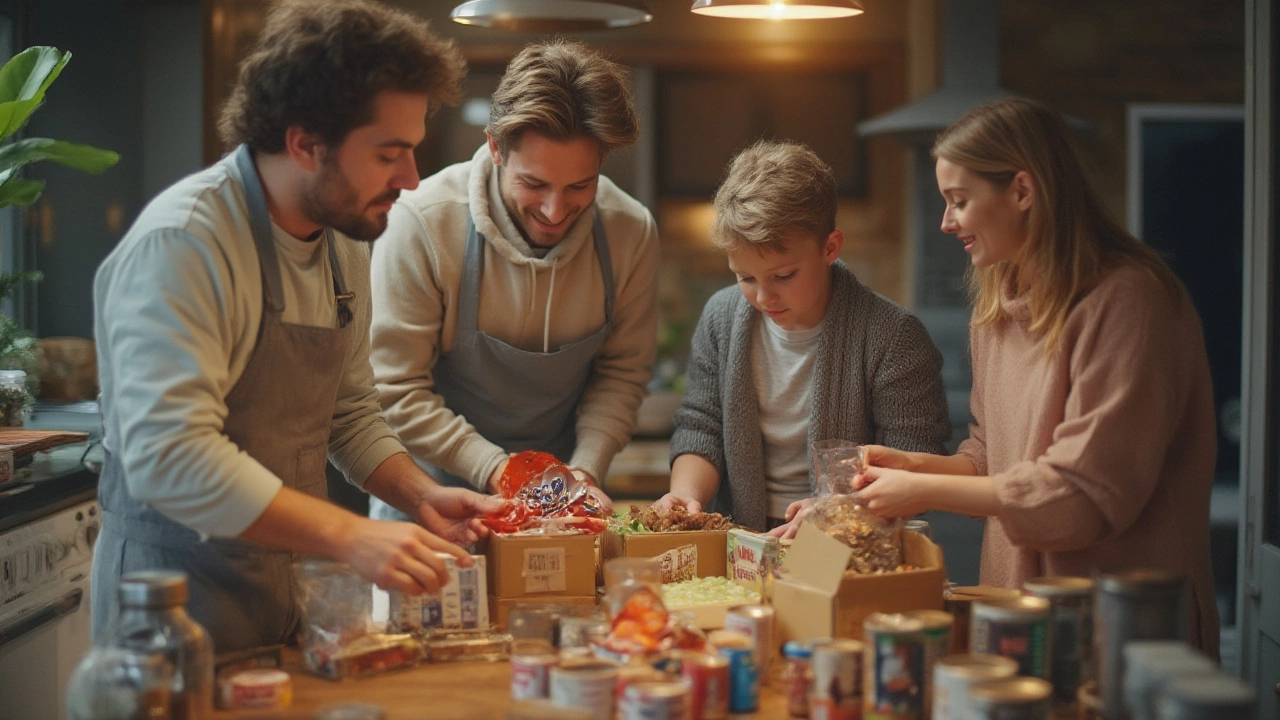Best Donations: Simple Tips for Giving What Matters
Ever walked into a charity shop and wondered if your box of old stuff really helps? You’re not alone. Most donors want to give something that makes a real difference, not just fill a shelf. The good news is, a few easy choices can turn your clutter into a lifeline for people who need it.
What charities need most right now
Most charities list the same high‑need items over and over: clean clothing, non‑perishable food, toiletries, and basic household supplies. A warm jacket in winter, baby diapers, and reusable water bottles rank high during any season. If you’re unsure, check the charity’s website or give them a quick call – they’ll tell you exactly what’s missing.
Beyond the basics, many groups look for specific things like school supplies for kids, pet food for animal shelters, or even hobby kits for seniors in care homes. These items are often harder to find, so your donation becomes extra valuable. Keep an eye on local campaigns – they might need seasonal items like garden tools in spring or blankets in cold months.
How to donate smartly and avoid common mistakes
First, make sure everything you give is clean, in good condition, and not expired. A worn‑out shirt with a stain or a can of food past its best‑by date will likely be turned away. When in doubt, wash, repair, or discard. It saves volunteers time and protects the people receiving the goods.
Second, bundle similar items together. A box of socks, a tote of canned beans, or a stack of manuals is easier for staff to sort and distribute. Label each box with what’s inside – it cuts down on confusion and speeds up the process.
Third, consider donating money if you can. Cash lets charities buy exactly what they need, often at lower prices than retail. Even a small monthly amount adds up, and many charities let you set up a quick online donation that goes directly to programs.
Finally, stay informed about local drop‑off rules. Some places require appointments, specific hours, or have limits on how much you can bring at once. A quick phone call or a glance at their social media page can keep you from a wasted trip.
Putting these tips together means your donation does more than fill a shelf – it supports real programs, saves time, and keeps volunteers focused on helping people. So next time you’re ready to clear out a closet or donate a bag of groceries, use this guide and watch your simple act turn into big impact.

What Not to Put in Homeless Care Packages: Essential Tips for Helpers
Giving to homeless care packages is kind, but some items can do more harm than good. Learn what to avoid, smart swaps, and why some donations aren't helpful.